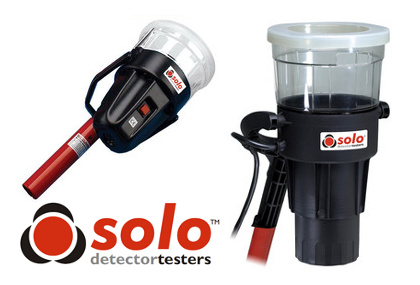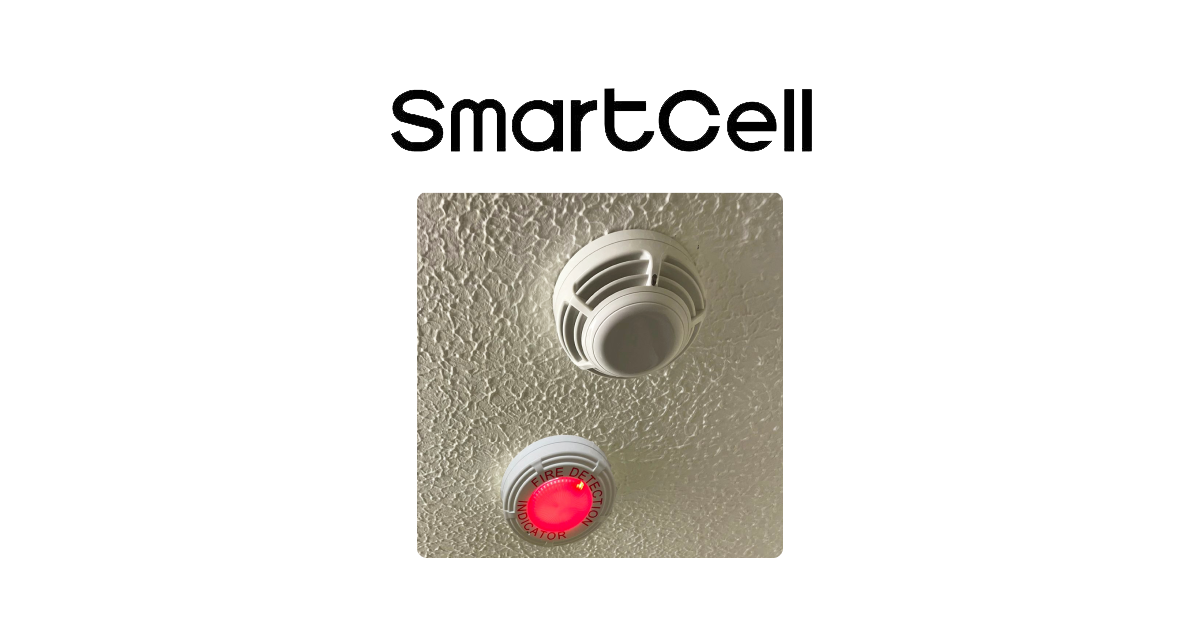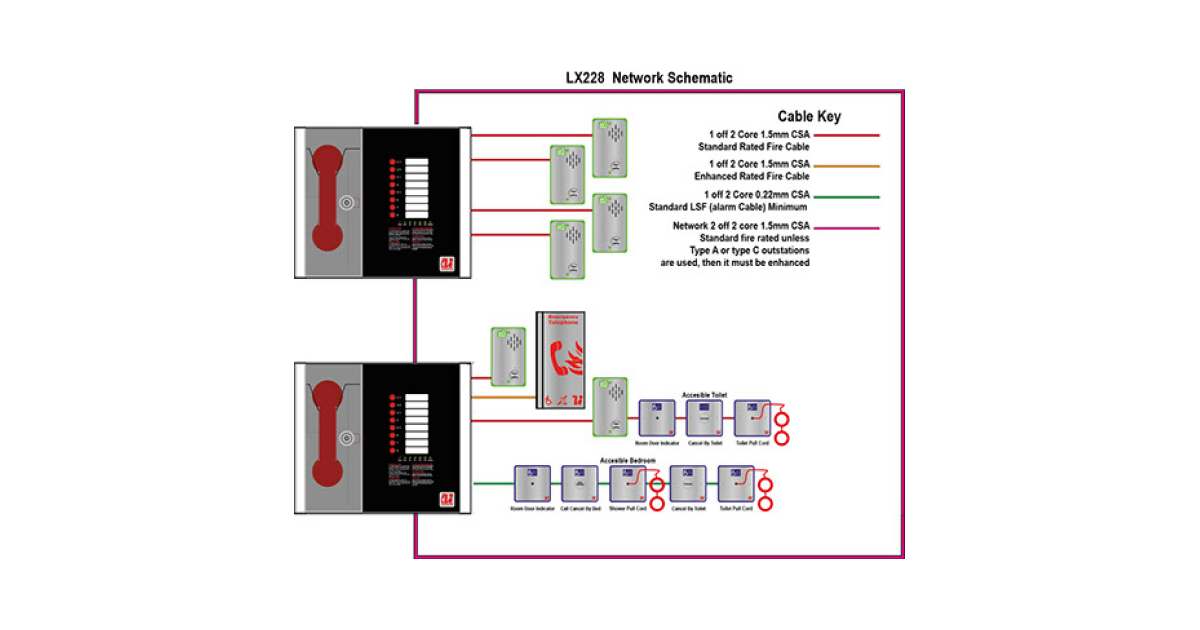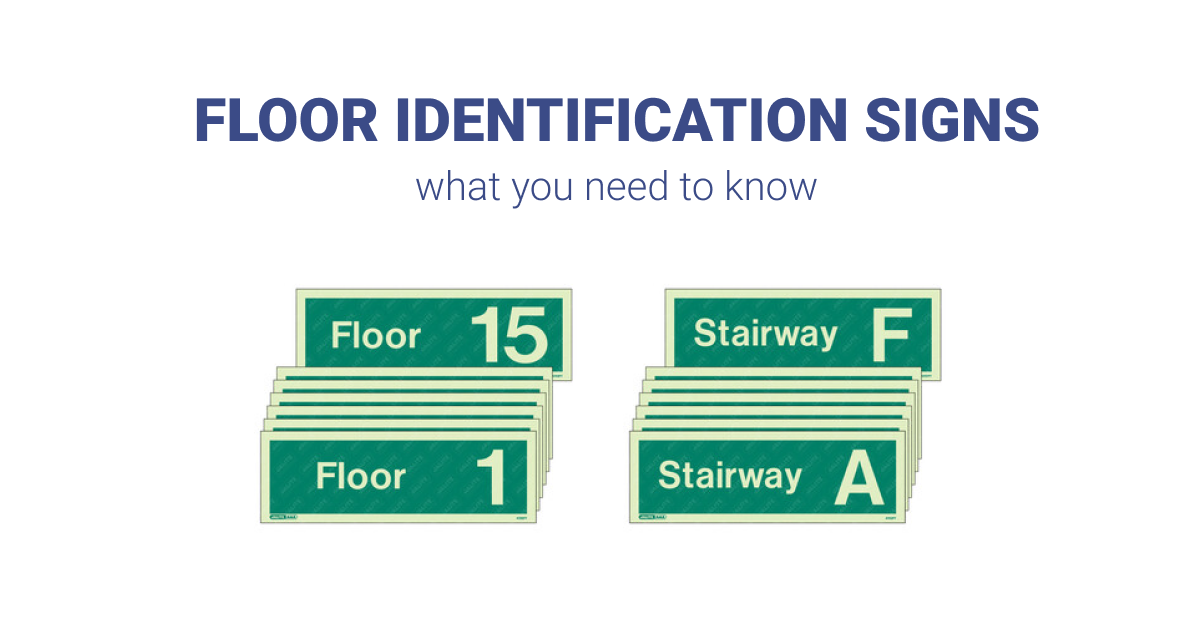
Detector testing should be are an intrinsic part of maintaining any fire alarm system. Testing your heat detectors, whether fixed or rate of rise, is quick and easy with Solo Heat Detector Testers.
The Solo range of detector testing equipment includes two types of heat detector tester – wired and cordless.
The Solo 423 and the Solo 424 are wired heat detector testing units, 120V and 240V respectively, that generate enough heat to activate a heat detector within seconds. These heat detector testers are a low-cost alternative to the cordless version and are ideal if portability is not a concern.
Where portability is key to maintaining and testing your fire alarm system, for example where detectors are in hard to reach areas, then the Solo 460 Cordless Heat Detector Tester is ideal. This product makes detector testing quick and easy with no cords or cables to get in the way.
Both types of heat detector testing products have a clear testing cup to allow easy identification of the detector LED, can test both Fixed and ROR heat detectors and can be attached to a Solo telescopic pole.
Solo Cordless Heat Detector Testing
- Connect a charged battery baton to the unit, ensuring the baton is orientated the right way round.
- Turn on the heat detector tester by pressing the red switch. The LED on the unit should turn green and flash consistently.
- To use the tester, place the cup securely over the heat detector head. A infra-red beam in the cup will be broken when the tester is in the correct position, this will automatically activate testing mode. The flashing LED should increase speed.
- Hold the Solo Cordless Heat Detector in place until the fire alarm activates.
Solo Wired Heat Detector Testing
- To prepare the heat detector tester for use, attach the power cable, ensuring the the clip is secured. Use an extension cable if necessary as well as a Solo pole if required.
- Making sure the power is switched on at the wall socket or equivalent, press On on the heat detector tester.
- Place the tester cup securely over the heat detector head. If the heat detector does not trigger an alarm within 1 minute the detector could be faulty and require maintenance.
Tips
- Conserve power by switching the heat detector tester off between uses.
- Allow the heat element in the detector tester to cool before storage.
- Keep hands away from the hot internal parts of the tester.
- Check for frayed wires, damaged cables and sparks before using the heat detector tester.
On Discount Fire Supplies you’ll find everything you need to successfully test your heat detectors.










